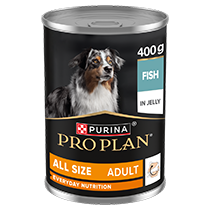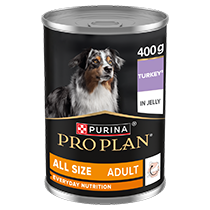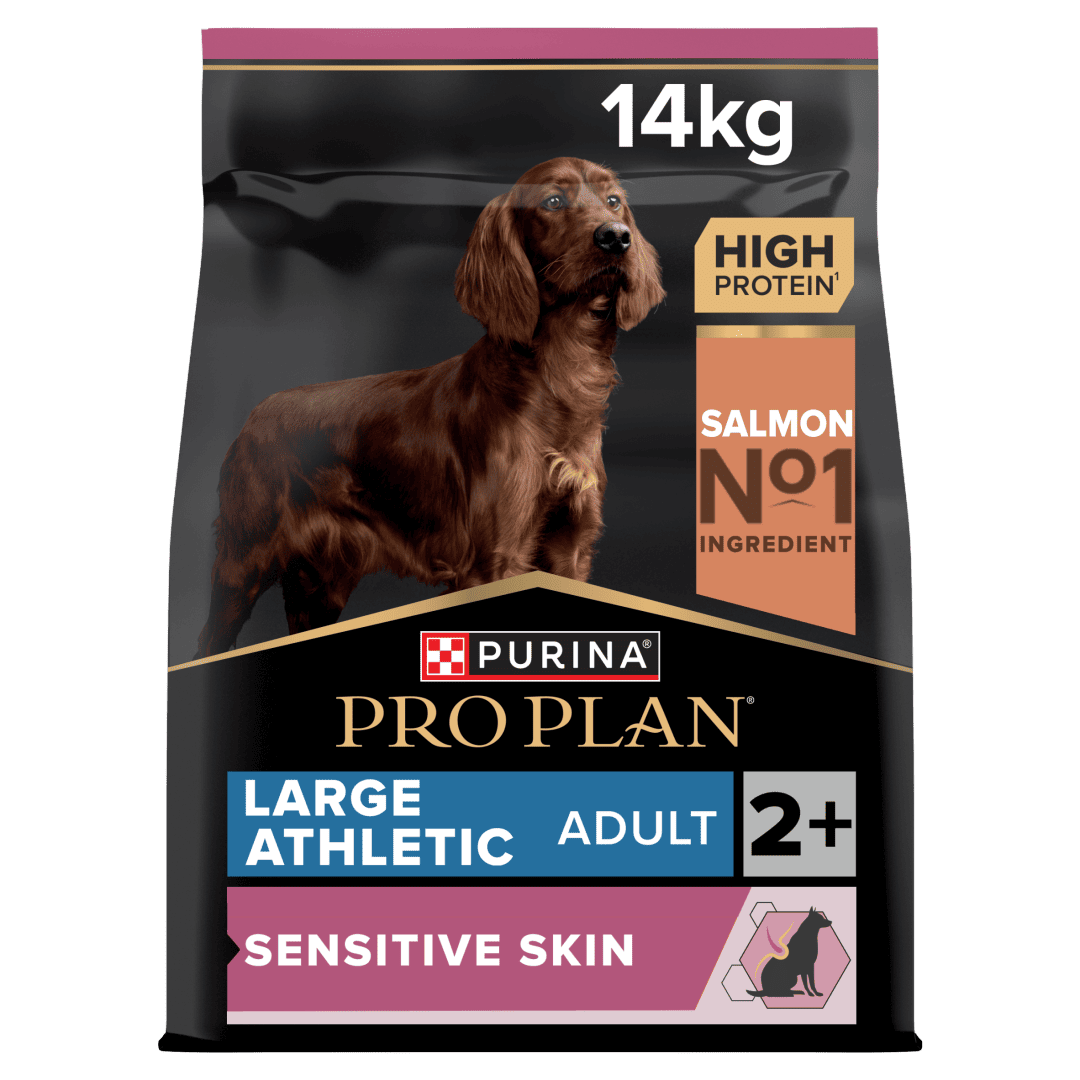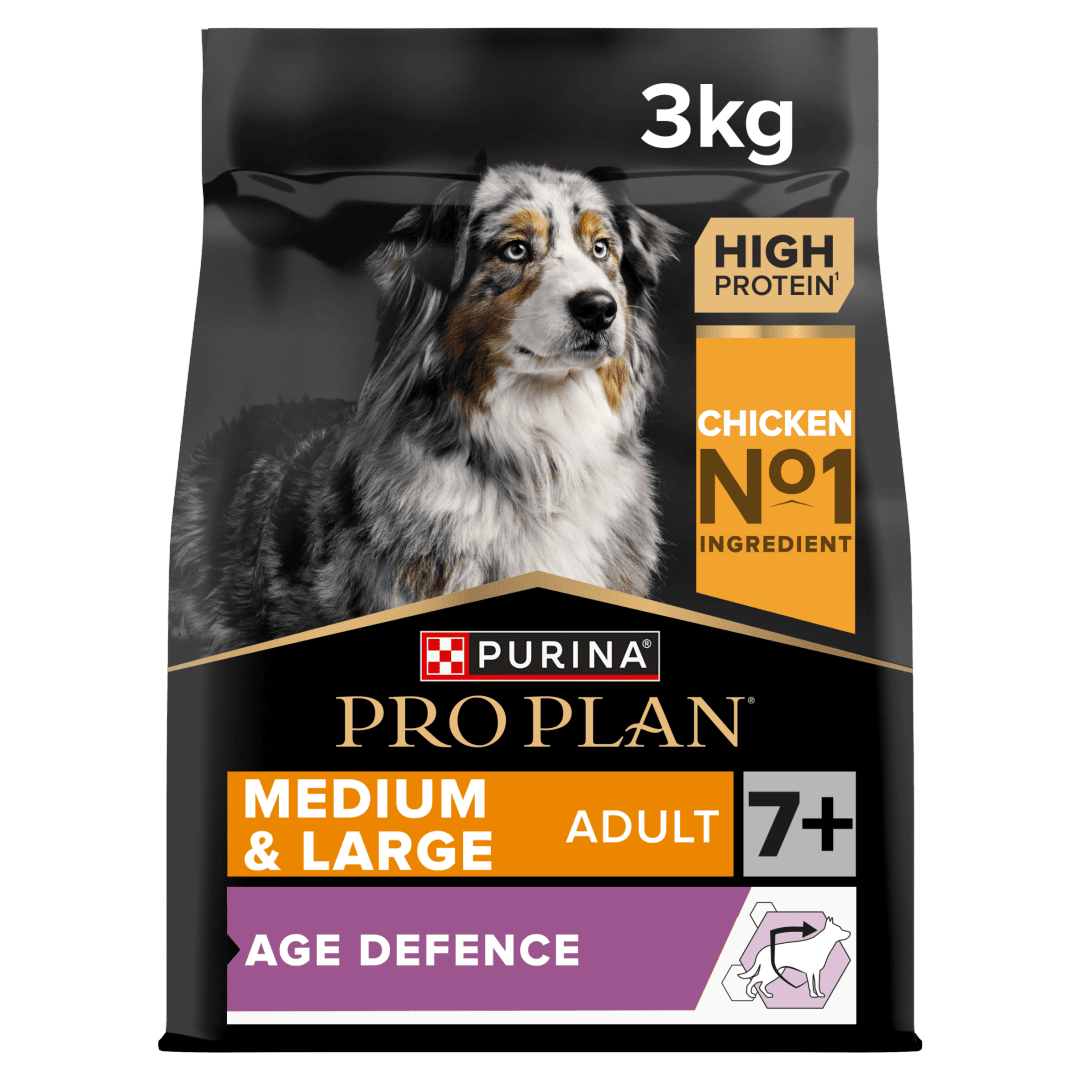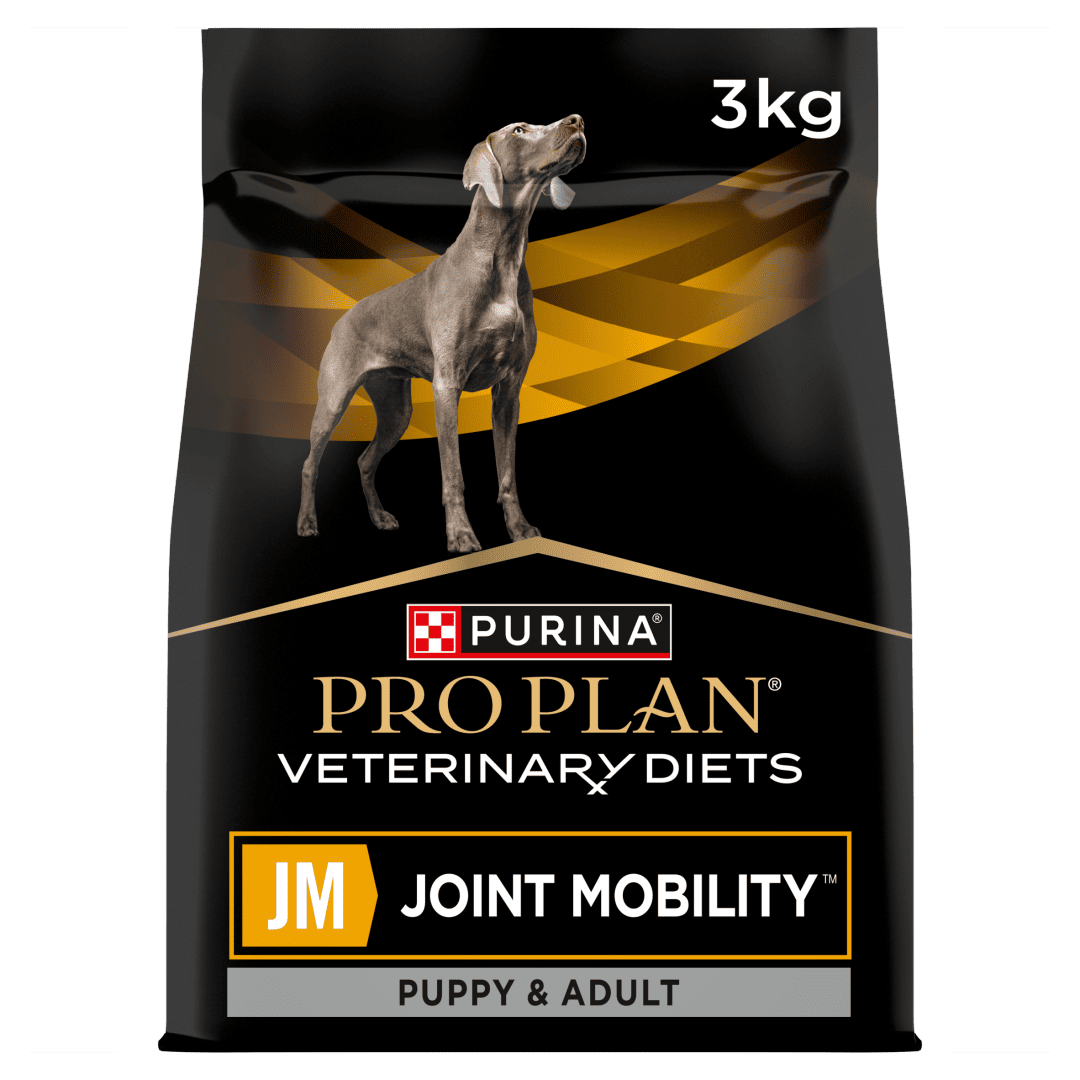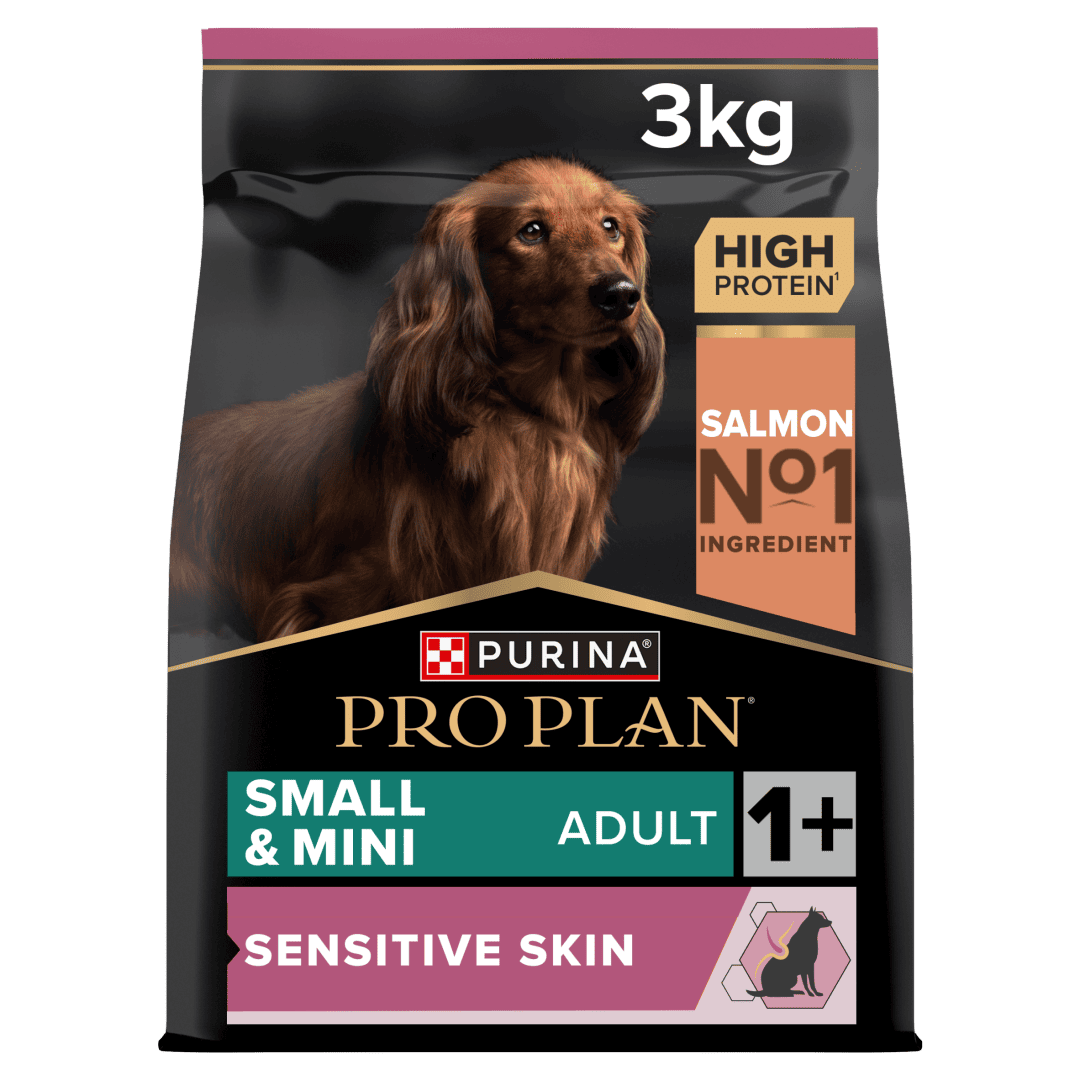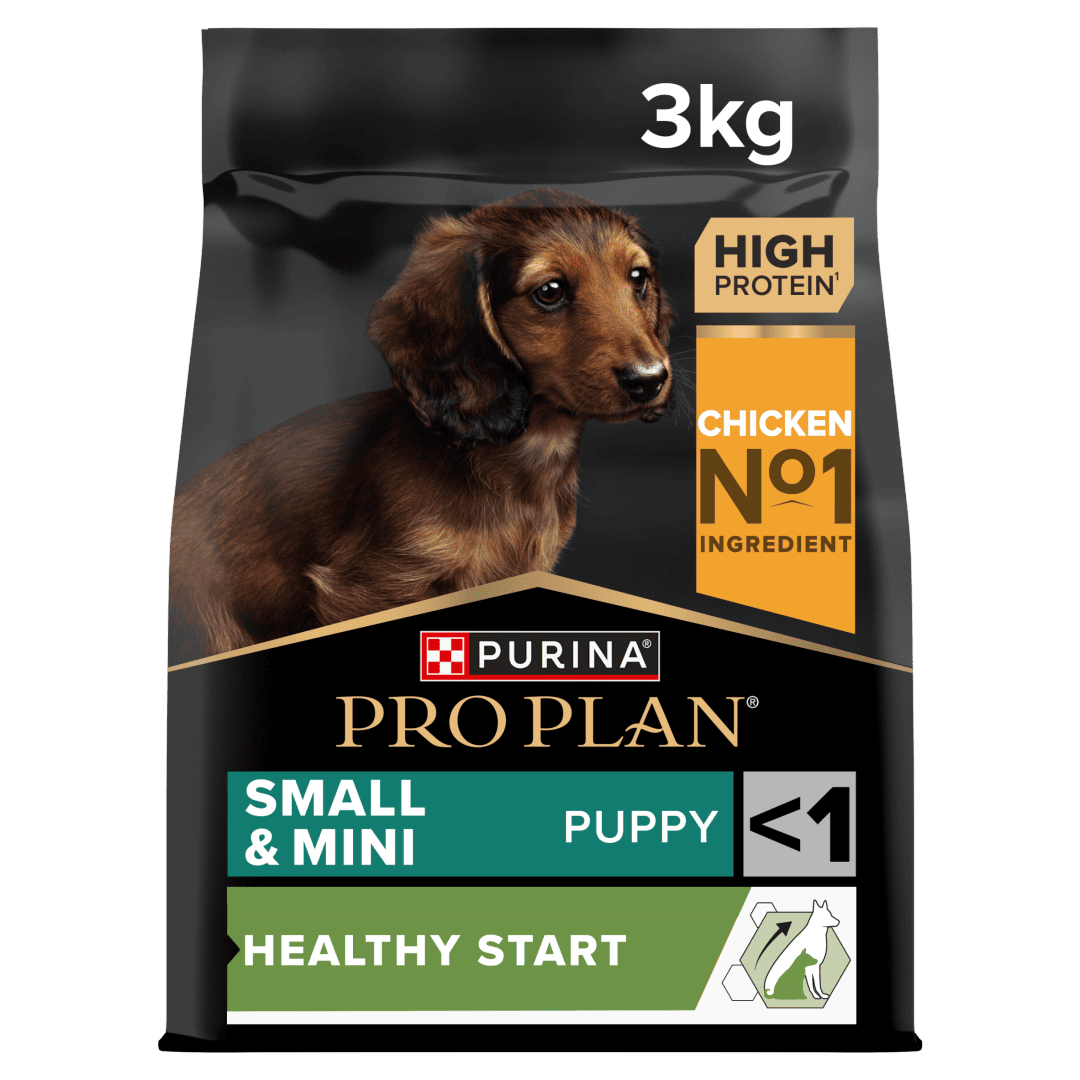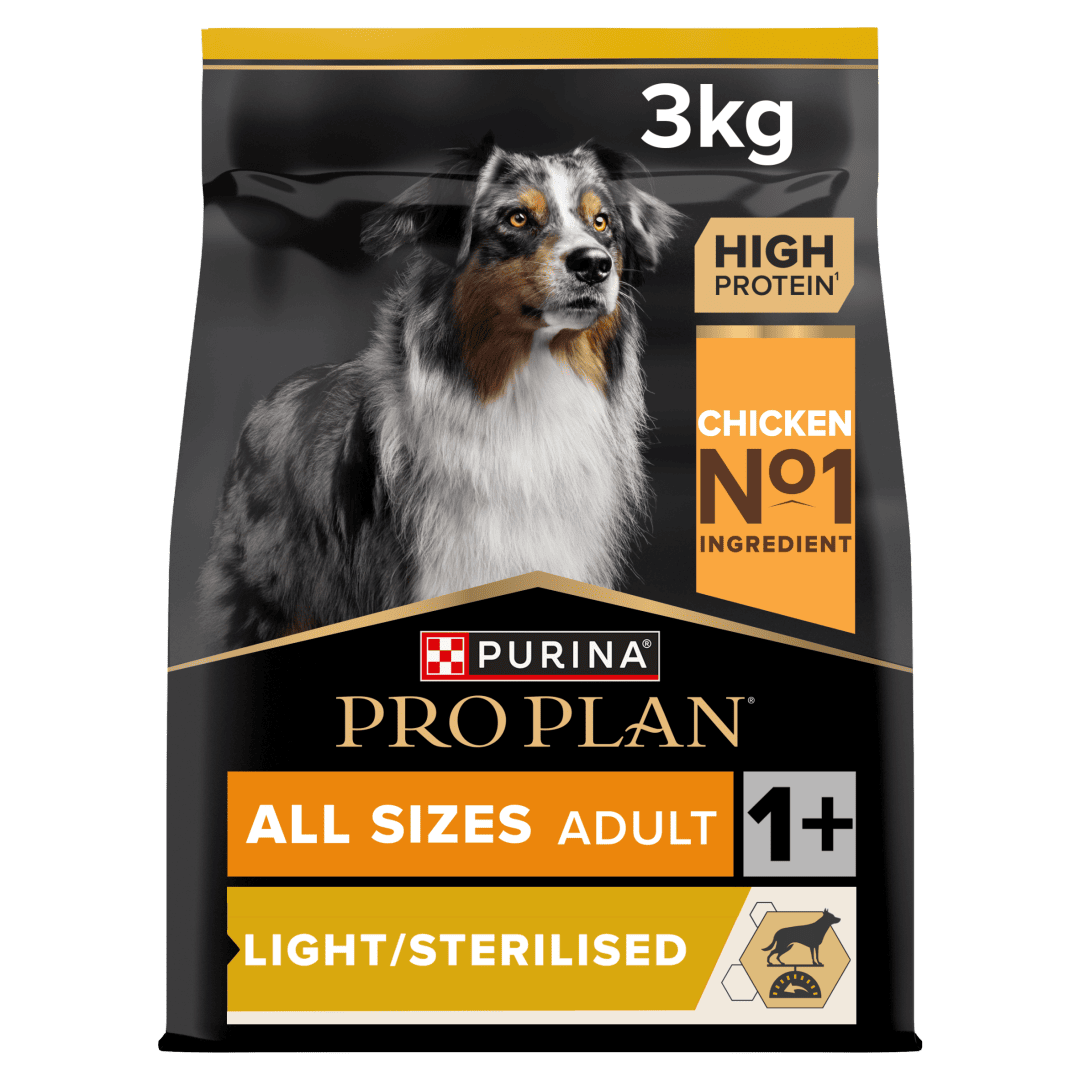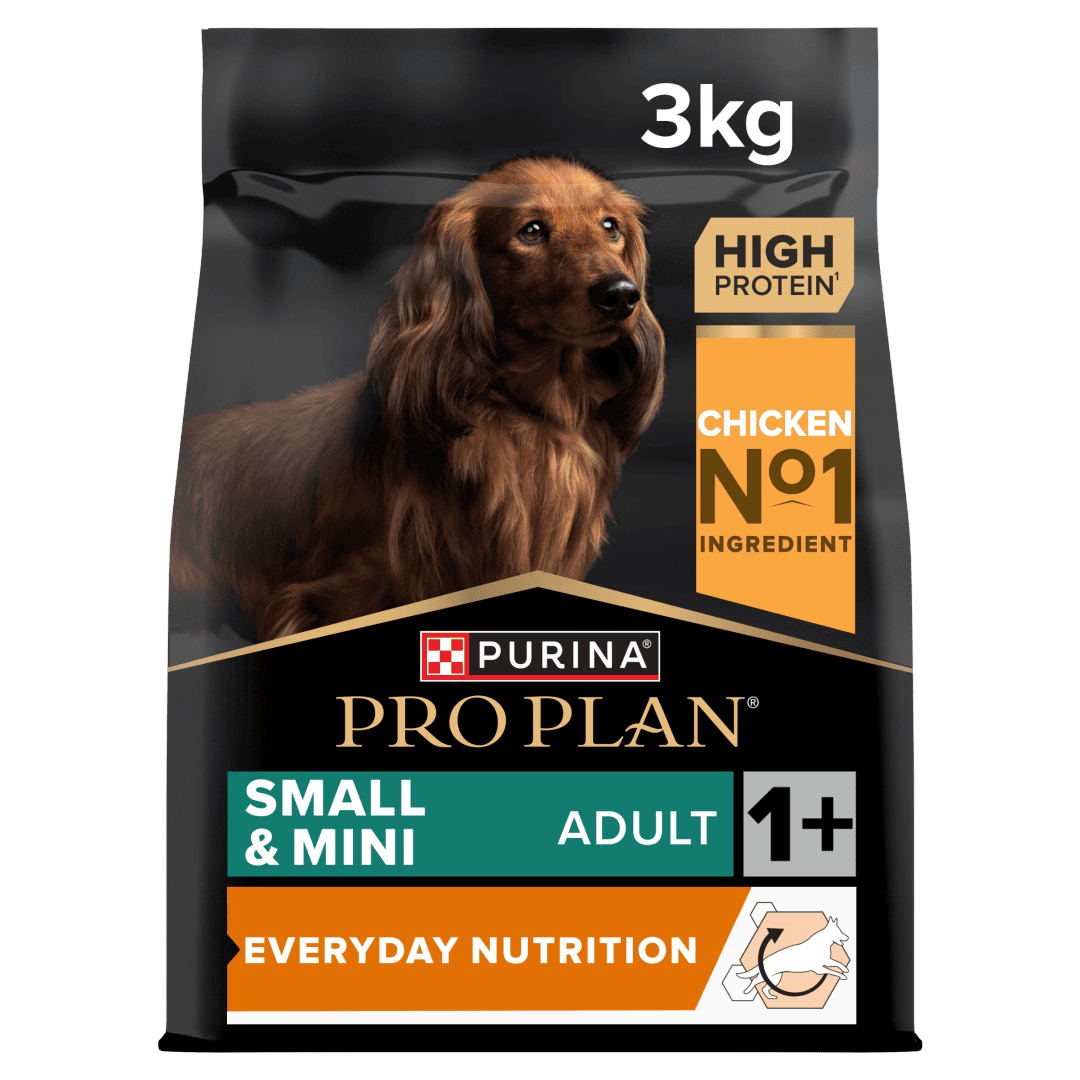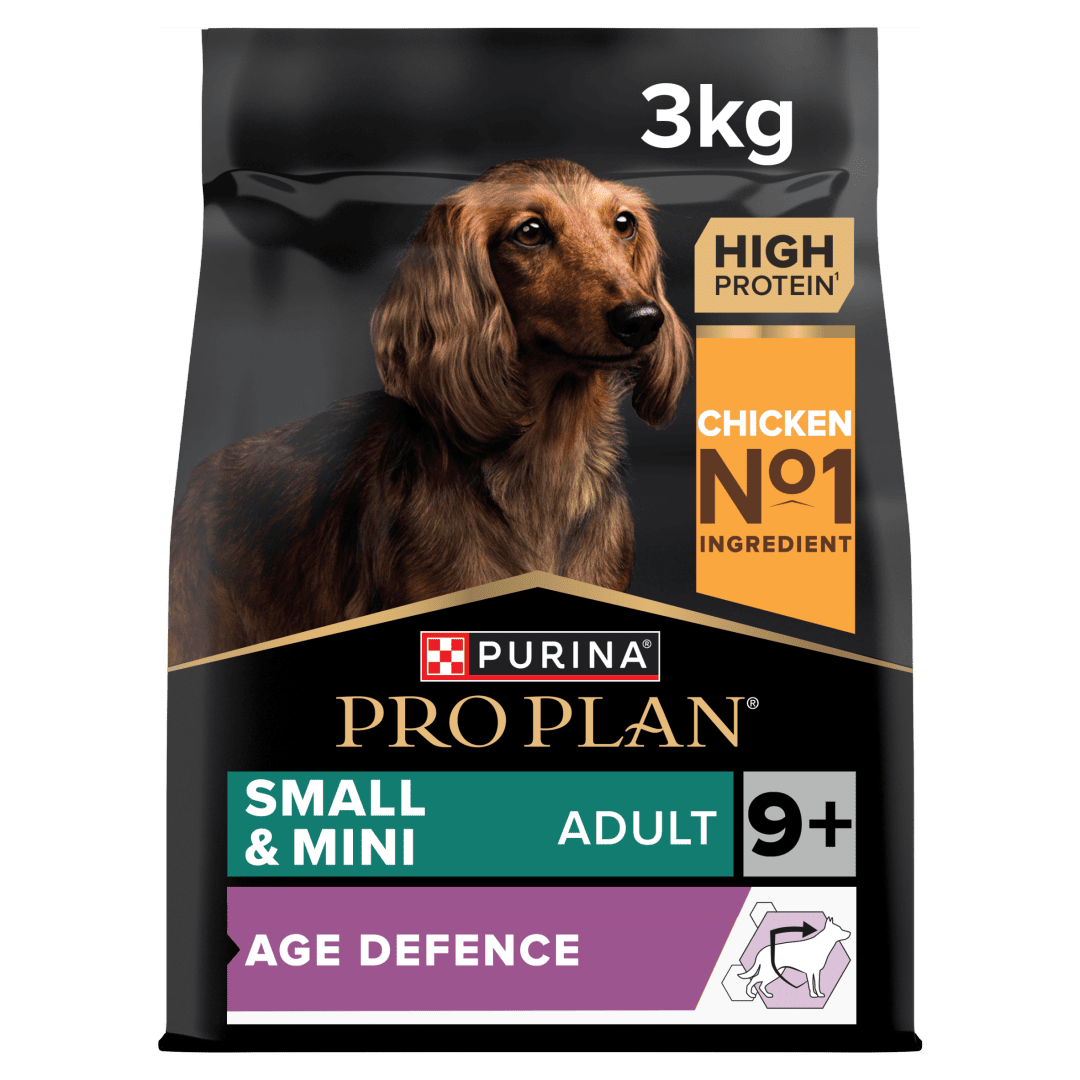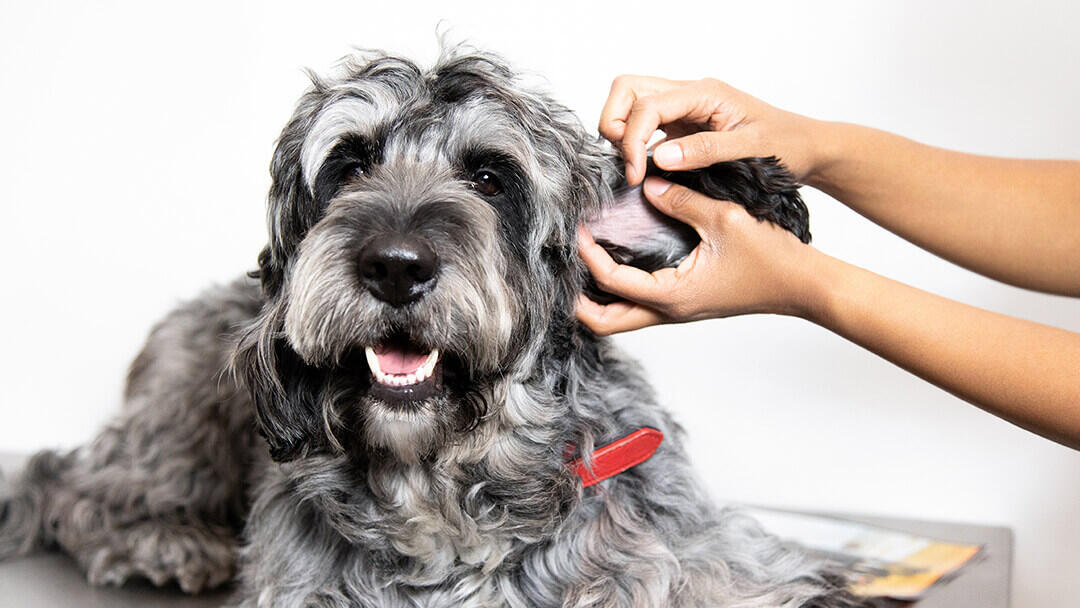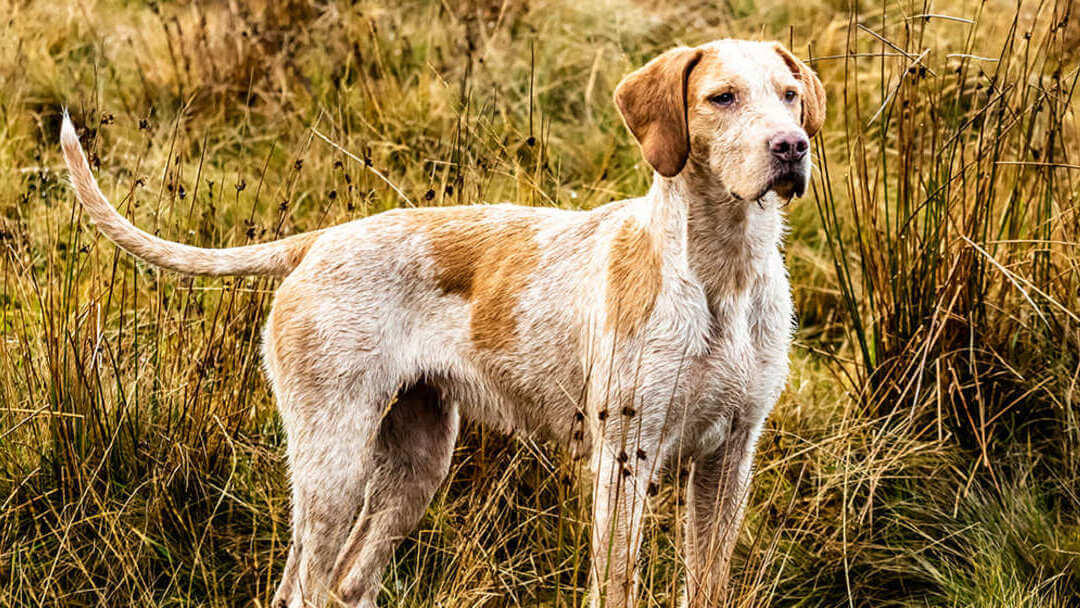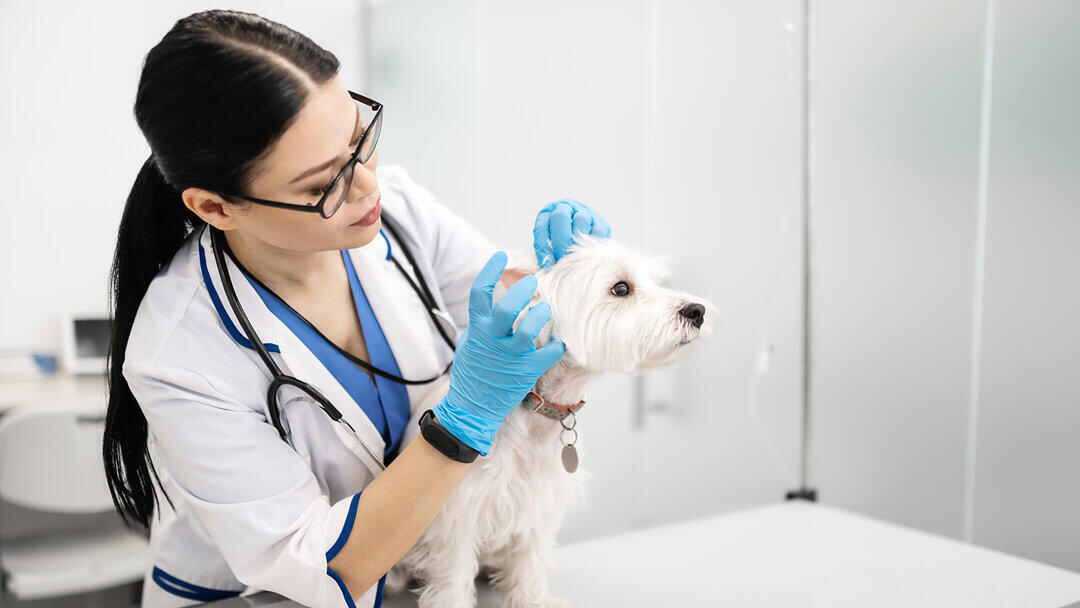A Guide to Dog Fleas: How to Identify, Treat, and Prevent Them



A dog’s soft and warm fur is one of the reasons why we love cuddling them so much – it’s also why fleas find your pet hard to resist! Dogs have quite a high probability of coming into contact with these parasites at some point, but with a bit of know-how you can easily control and treat them. Find out more about dog fleas and how to manage them below:
What are dog fleas?
Dog fleas are the most common parasite your canine friend can come into contact with. They measure about 1-2mm and can live for 7-14 days, dividing their time between living on your dog and laying eggs. Female fleas lay up to 40 eggs every day which are white, oval-shaped and about half a millimetre long. They hatch into tiny larvae that burrow into carpets, upholstery and often your dog’s bedding, which then develop into pupae.
These will lie quietly for many months – you won’t even know they’re there – until they sense warmth and vibration. They then emerge as adult fleas and jump onto a passing ‘host’ – in this case your dog – before starting the cycle all over again! For every single flea living on your dog, there could be 99 more growing in your home, no matter how clean it is.
These fleas can potentially transmit diseases and are the most common cause of dog skin problems. Bites are itchy for all dogs, and can lead to some developing allergies, such as FAD (flea allergic dermatitis). Late summer is peak season for fleas thanks to high humidity and warm temperatures, but cosy central heating in winter means you’ll need to de-flea all year round.
How do I spot dog fleas?
Just because you can’t see them it doesn’t mean they’re not there! The most obvious sign that your dog has fleas is persistent scratching, or sometimes over-grooming, which can result in bald patches on their coat. If your dog develops a flea allergy, they may also have scabs and red, sore areas on their skin.
What do dog fleas look like?
Dog fleas are dark brown and 1-2mm long. You might spot them in your carpet or notice tiny black specks of flea dirt in your dog’s fur during combing. A good way to test is to put these specks onto some damp tissue paper. If it’s flea dirt, the specks will turn red because of the digested blood they contain.
How do I treat dog fleas?
Always talk to your vet about dog flea treatments and use a vet-approved product that’s been tested for safety and effectiveness. If you have dogs as well as cats, don’t treat your dog near your cat, as dog flea treatments contain permethrin which is toxic to cats. Treat your pets separately, and try to keep them apart for a period of time so that they don’t risk transferring treatments by contact.
When you’re getting rid of fleas, remember you’ll have to treat your house as well as your dog. You should use a combination of topical products to kill the adult fleas, plus a treatment that will prevent eggs developing into adults. Make sure all soft furnishings and carpets are regularly thoroughly washed at a high heat, too.
It’s usually recommended to follow a treatment for a minimum of 3 consecutive months in order to clear a flea infestation due to larvae and eggs.
Topical dog flea treatments
Powders
Powders are quite an old-fashioned and messy way of treating fleas on your dog, as the powder needs to remain on your dog’s coat to be effective and can cause illness if it’s swallowed or inhaled.
Sprays
Sprays are also used less frequently than they used to be, thanks mainly to the invention of more effective ‘spot-on’ treatments.
Collars
Flea collars aren’t usually very effective at treating fleas on dogs as they have a limited range – that is, they only treat the area around the neck – and can also cause hair loss or irritation. However, there is a new generation of flea collars – available from your vet – which are much kinder to your dog’s skin and fur, and work by dispersing the active ingredient through the body rather than simply sitting on your dog’s neck. Remember, all dog collars must have a quick-release mechanism; otherwise, your dog could get caught or tangled.
Spot-ons
These products are the simplest and most effective way of treating and preventing dog fleas. They usually consist of a small vial of liquid which should be applied to the back of your dog’s neck, killing fleas and sometimes the development of eggs. There are several brands available, so talk to your vet to find the best one for your dog.
Other forms of dog flea treatment
Tablets and liquids: These are absorbed into the dog’s body and either kill fleas when they have a bite, or sterilise them so they can’t reproduce.
Injections: These are available to prevent the development of flea eggs but a topical treatment may be needed at the same time.
Household treatments: Some of the treatments mentioned above are helpful in treating your house as well, as they prevent fleas from laying eggs, or prevent the eggs from developing. However, there are many household sprays available that can be used on carpets and furnishings. Always follow the manufacturer’s instructions, which will usually tell you to vacuum your carpets to bring dog fleas and eggs to the surface before thoroughly spraying your carpet, and then vacuuming again. Always spray the vacuum cleaner with flea spray and throw away any vacuum bags – you don’t want fleas developing and crawling out of there! Don’t use sprays near fish tanks and always make sure all pets are kept away from treated areas until they’ve been well-ventilated. Unfortunately, very severe dog flea infestations in a house may require pest control treatment.
Which is the best flea treatment for dogs?
Owners trying to choose the most effective treatment for their pet might be a bit overwhelmed by the wide choice of solutions. Your vet will give you the advice and help you need. If you’re wondering what the best option is for your dog, it’s worth having a discussion with your vet. The best option for you will depend on both the form of treatment and the specific medication it contains, in addition to whether you need cover for other parasites too.
But if you’re wondering what the difference is between all the different options and how to choose the best flea treatment for your dogs and your situation, here are a few things to keep in mind:
| Kills adult fleas | Interrupts the development of fleas | Effective long-term | Requires prescription | |
| Powder | Yes | No | No | No |
| Spray | Yes | In some cases | No | No |
| Collar | Yes | In some cases | Yes | In some cases |
| Spot-on products | Yes | Yes | No | In some cases |
| Tablets and liquids | Yes | Yes | Yes | In some cases |
| Injections | No | Yes | Yes | Yes |
Make sure you read the product label before applying the treatment. Depending on the ingredients used, the answers above might differ.
Non-veterinary approved dog flea treatments
Some dog flea treatment products claim to contain natural ingredients such as oil of citronella and eucalyptus. These usually haven’t undergone any stringent safety tests, so are not guaranteed to work or be safe for your dog. Always check with your vet before you use any product on your pet.
If your dog has fleas, remember that they’re very common. It doesn’t mean that your dog – or your home – is too dirty! If you’re unsure how to proceed with preventing or treating fleas, ask your vet for advice. Regular vet check-ups will give your vet the chance to spot any potential health problems and, hopefully, nip them in the bud before they become serious.
Do you suspect your dog might be struggling with ear mites? Find out all there is about them by reading our article on Ear Mites in Dogs.

Explore our dog brands:
Related articles:





